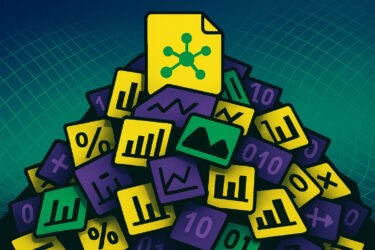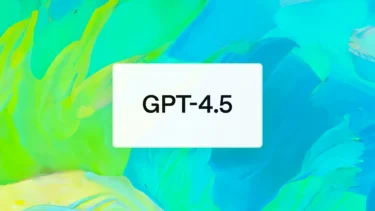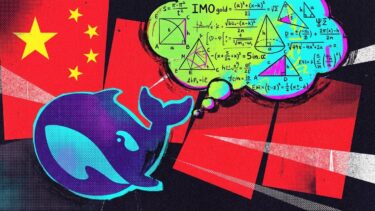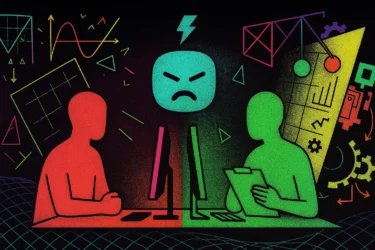OpenAI has presented its largest language model to date. According to Mark Chen, Chief Research Officer at OpenAI, GPT 4.5 shows that the scaling of AI models has not yet reached its limits.
OpenAI announced its latest language model GPT 4.5 on Thursday, describing it as their biggest and most capable chat model to date. The company plans to roll it out first to Pro users, followed by Plus, Enterprise, Team and Edu users in the coming weeks.
For Chen, GPT 4.5 serves as a response to critics who doubt that research labs can continue making progress by building larger models. "GPT 4.5 really is proof that we can continue the scaling paradigm," Chen explained in a conversation. "This is the point that lies at that next order of magnitude."
When asked why the new model wasn't named GPT-5, Chen clarified that OpenAI tries to follow recognizable patterns in naming. With predictable scaling – like the transition from GPT-3 to 3.5 – they can project what improvements would come from an order of magnitude more computing power and efficiency gains. The new model matches what would be expected from a GPT 4.5.
Two parallel paths: Pre-training and reasoning
Chen emphasized that OpenAI can now scale along two different axes. "GPT 4.5 this is our latest scaling experiment along the axis of unsupervised learning, but there's also reasoning," he said. Chen attributes the longer development time between GPT-4 and 4.5 to the company's strong focus on developing the reasoning paradigm.
These two approaches complement each other: "You need knowledge in order to build reasoning on top of. A model can't kind of go in blind and just learn reasoning from scratch," Chen explained. The two paradigms reinforce each other and form feedback loops.
Chen noted that GPT 4.5 is "intelligent" in a different way than reasoning models. It has significantly more world knowledge. In comparisons with GPT-4o, users preferred the new model for everyday use cases at a rate of 60%. For productivity and knowledge work, the preference rate rises to nearly 70%.
GPT-4.5 development follows expected patterns
On the question of possible limits to scaling, Chen was clear: "We see the same results. GPT 4.5 is the next step in this paradigm of unsupervised learning." He explained that OpenAI is very rigorous in their approach, creating projections based on all previously trained models to determine what performance to expect.
Beyond traditional benchmarks, where GPT 4.5 shows similar improvements to the jump from GPT-3.5 to GPT-4 according to OpenAI, Chen said the model has new capabilities. He cited the ability to create ASCII art as an example – a task at which earlier models typically failed.
Chen also dismissed reports that developing GPT 4.5 was particularly difficult. "The development of all our foundation models is experimental. Often that means stopping at certain points, analyzing what's happening, and then restarting the runs," he explained. This wasn't specific to GPT 4.5, but something OpenAI also did with GPT-4 and the O-series.
What's notable, however, is that the significantly smaller Claude 3.7 Sonnet model outperforms Anthropic's GPT-4.5 in many areas, which also appears relatively outdated with a knowledge cutoff of October 2023. One reason for this likely lies in the training data, as many advances have been made in synthetic data since 2023.





